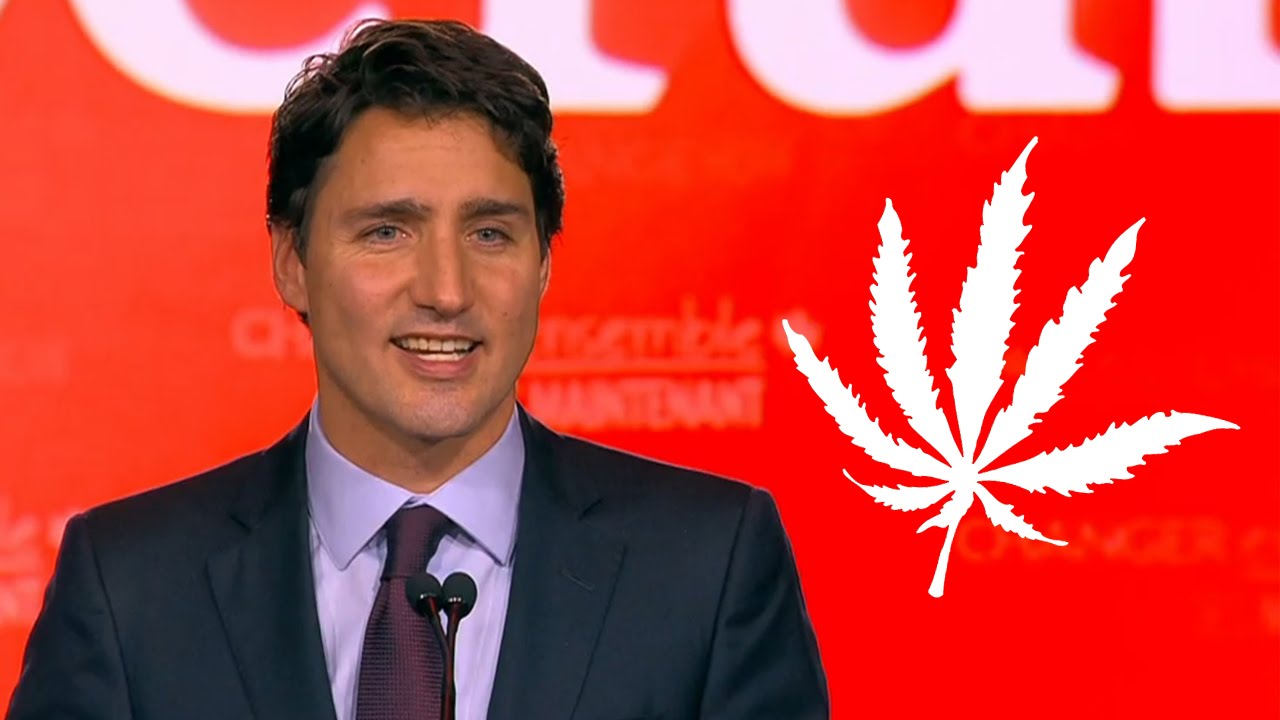The Prime Minister is now well into the consolidation phase of his transition from electioneering to governing. In practical terms, it means that he is confronting the enormous challenges of delivering on his more than 300 election promises.
While the first 100 days are typically very busy for a new prime minister, they have been particularly busy for Justin Trudeau. During his first month in power, he presided over the swearing in of a gender-balanced Cabinet, attended four international conferences, paid his respects to the victims of the Paris terrorist attacks, prepared a Speech from the Throne, presided over the first post-election meeting of members of parliament in the House of Commons, confronted the devastating effects of plummeting oil prices, and met with the premiers. Not bad for a neophyte prime minister with limited management experience.
Based his high activity level, Canadians are beginning to develop a view on how the prime minister is going to govern the country for the next four years. One important characteristic of his governing style has been his reliance on inclusive consultative processes to help guide his decision making. His preference for a ‘whole of government approach’, which includes cities and provinces, is likely to be a defining characteristic of his government and stands in stark contrast to the approach taken by his recent predecessors, Harper and Chretien.
One prime example of the faith he has placed in the value of inclusive processes was the creation of the Cabinet Committee on Agenda and Results. This centrally situated cabinet committee replaces the Priority and Planning Committee that served to facilitate Harper’s ability to manage the day-to-day activities of individual ministers. Instead, Trudeau has moved away from this centralized control and has placed his faith on developing a system that measures and reports on program outputs and outcomes. By relying on the explicit instructions described in the ministerial mandate letters and focusing on results rather than control over ministerial behaviour, he is gambling that his ministers will ‘deliver the goods’ under the watchful oversight role of the Agenda and Results Committee.
The Agenda and Results Committee is the latest manifestation of a prime minister emphasising outcomes over inputs. While the federal government has dabbled with similar models since the 1970’s, the Trudeau government (and the PMO staff) has borrowed extensively from the experiences of the McGuinty government in Ontario. Former Premier McGuinty also attempted to take a whole of government approach to education and health policies – an approach that was modeled on former UK Prime Minister Tony Blair’s creation of the Prime Minister’s Delivery Unit in 10 Downing Street.
The new Cabinet Committee on Agenda and Results was created on November 4th when the Cabinet was sworn into office and its work has been reinforced by many of the directives contained in the individual Ministerial mandate letters. For example, Scott Brison, the President of Treasury Board has been directed ‘to set up a mechanism to conduct rigorous assessments of the performance of key government services and to report findings publicly’. In addition, he has also been asked to take a leadership role ‘to review policies to improve the use of evidence and data in program innovation and evaluation, more open data, and a more modern approach to comptrollership’. Finally, the Prime Minister asks the minister ‘to instill a strengthened culture of measurement, evaluation, and innovation in program and policy design and delivery’ in the public service.
Moreover, the Cabinet Committee on Agenda and Results is now supported by Matthew Mendelsohn, a veteran Queens Park Deputy Minister and close colleague of many of the current PMO staff. His experience in Ontario and his familiarity with the Prime Minister and those around him should minimize the inconsistent behaviour of new governments which occurs early in their mandate when there is an initial lack of trust and mutual respect between public servants and politicians.
The emphasis on outcomes arrives at a crucial time in the life cycle of the government. Due to the many costly spending promises made during the election and the uncertainty of the global economy, there is a critical need for the government to sharpen its pencil more than anticipated to reflect lower tax revenues. Fortunately, over the past years the public service has been actively preparing the groundwork. In particular, the public service has been involved in four cost cutting exercises and there are a number of major opportunities that arise from this work. As well, the recently released Departmental Performance Reports (DPR) reveal valuable information about the performance of all government programs. Finally, Treasury Board’s updated evaluation policy will soon have many summative evaluations coming on stream that will reveal the value of many government programs.
Public management veterans will see many potential risks in the PM’s approach. For one, there is the risk that the Cabinet Committee might exercise too much oversight and make the decision-making process too complex by spending an inordinate amount of time on consultations. Second, outcomes are hard to measure and it is not clear at this point how valuable the DPRs and the summative evaluations will be in making spending decisions. And third, up to now there has not been a strong commitment to making spending decisions based on program performance so the culture around outcomes and spending needs to be developed in a short period of time.
David Zussman is a Senior Fellow in the Graduate School of Public and International Affairs at the University of Ottawa and is Research Advisor to the Public Sector Practice of Deloitte. dzussman@uottawa.ca

